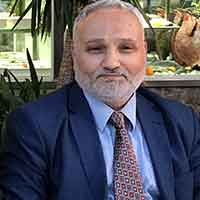While the first serious intervention came from the Reserve Bank of Australia, the Bank purchased above-normal long-term bonds and lowered the interest rates slightly. The first verbal policy option statements are coming from the ECB to reduce bond yields. Villeroy said that the European Central Bank should respond to any unfair rise in bond yields using the epidemic asset purchase program first and not exclude interest rates to ensure favorable financing conditions. That is, the ECB should lower bond yields and flatten the yield curve by buying more bonds or, if necessary, lowering the deposit rate. Given that central banks will apply long-term monetary easing before normalizing policy, yield curve control will be achieved through purchases focused on long-term bonds. Today, Guindos from the ECB made a similar statement and said that if necessary, PEPP could be adjusted. Since bond yields do not fall by speaking, it is an option for central banks to increase their long-term bond purchases.
At the Fed meeting on March 17, we will look at whether there will be a change in the maturity structure of bonds. It is not clear whether we can see the top on the long-term side of the yield curve. Because inflation expectations are accelerating. One should not see the breathing in bond yields and make a hasty comment. The option highlighted for the Fed; t-bill sales and long-term bond purchases… Thus, the aim will be to increase short-term returns, decrease long-term returns, close the t-bill - bond yield spread and flatten the yield curve.












